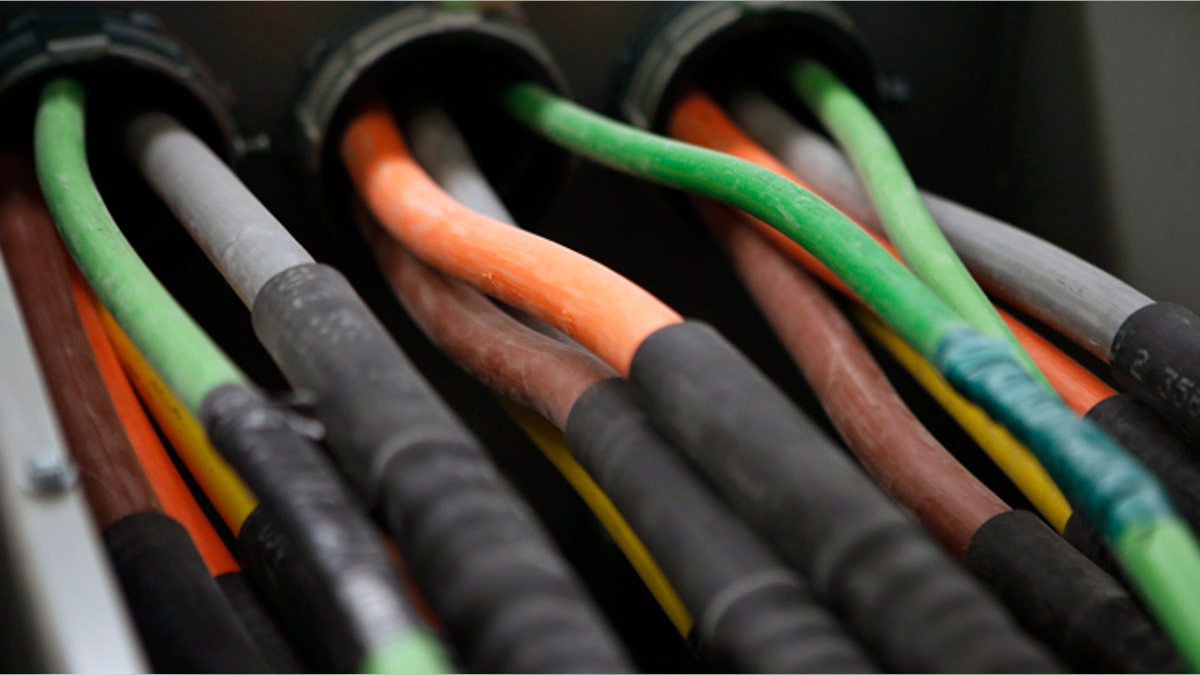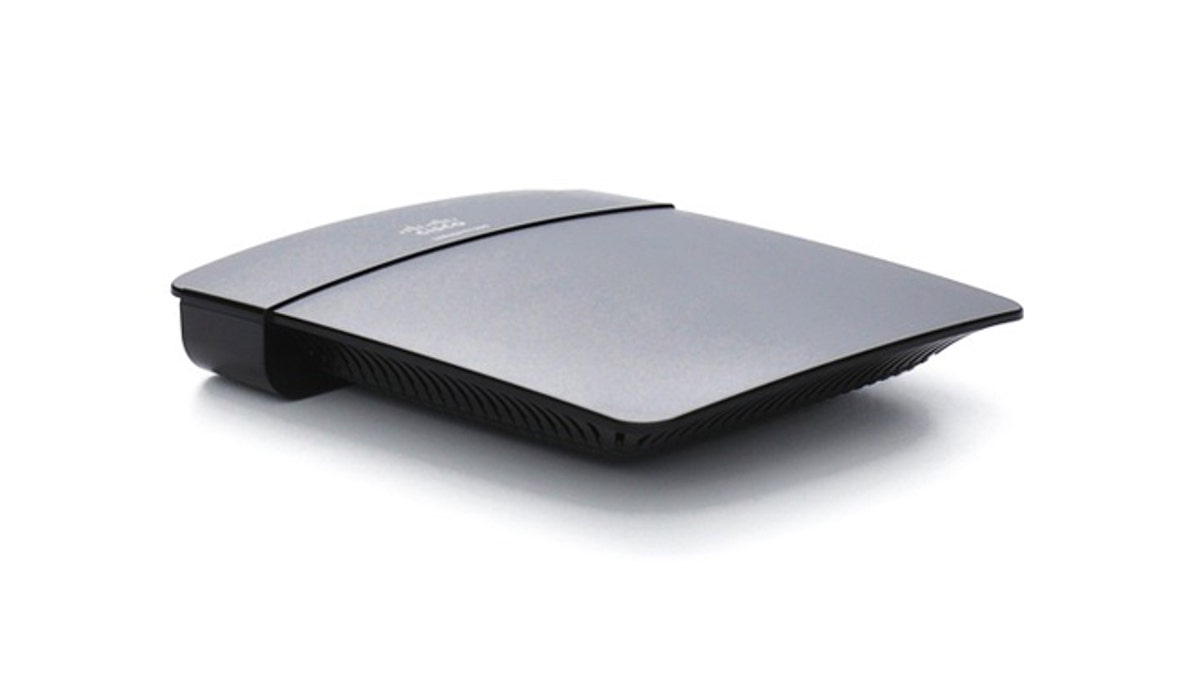We all love lounging around the house with our laptop, e-reader or tablet. But it's a lot less fun when the Internet begins to slow to a crawl.
Here's what to do when that starts happening to you.
1. Test your Internet speed

(Reuters)
The first step to diagnosing your speed woes: Find out just how fast your Internet really is. Click here to test your connection speed for free right now!
If you're using a laptop, first of all, restart it to make sure the slowdown isn't coming from too many browser windows open or songs and movies playing. Then hook it up directly to your cable or DSL modem. That will give you a benchmark for how fast your Web is coming at you straight out of the pipes.
Make a note of the speed from time to time and make sure you're getting the level you're supposed to be getting from your Internet plan.
Then test the speed again on your wireless network and compare the two numbers.
If they're pretty much the same, you know your Wi-Fi is OK and you're just not getting enough out of your Internet provider. Either upgrade your Internet plan to get faster speeds, or complain to your service provider that you aren't getting the speed you're paying for.
But if your computer's speed is slower on your Wi-Fi, well, Houston, we have a problem.
2. Upgrade or update your router

(Linksys)
Everyone remembers the iconic image of Steve Jobs unveiling the first-ever iPad. For geeks like me, that was less important than a different technological milestone that came less than a year earlier: the Institute of Electrical and Electronics Engineers published the 802.11n wireless networking standard.
That's a lot of numbers, but the "n" is what was new. Take a look at your modem. If it's labeled 802.11b or g, it's past time to get a new one. It's well worth the price: You'll notice a significant boost in your speed and range. You can use this free tool to find out more info about your wireless network.
These days, an even newer standard called 802.11ac is already available in many recently released devices, but it's still rare and pricey. Click here to find out if 802.11ac is worth your money.
If you already have a wireless N router, a firmware update may still increase your network's reliability, speed and security. Each router is a little different when it comes to updating firmware. You'll need to check your router's manual or the manufacturer's website for step-by-step instructions.
If you do opt to buy a new router, you've got to check out my free router buying guide.
3. Take a quick Internet survey of your house

(AP GraphicsBank)
I don't want to point any fingers, but I'd check in with the kids and anyone else using your home WI-Fi to make sure they're not sucking up your bandwidth with online video, gaming or (horrors) file-sharing.
That can bring down the quality of the service for everyone else in the house very quickly.
That didn't solve the problem? I have one more suggestion.
4. Buy a wirless extender

(Staples)
It could be your house is too big for your modem, or walls are blocking your signal.
Your modem just needs a little help. That's exactly what a wireless extender (also called a wireless repeater) works. It grabs your Wi-Fi signal signal and resends it on the same frequency to the farthest regions of your house. If your current router can't quite make it all the way, an extender gives you extra range.
Now, a wireless extender isn't necessarily the best solution. Because it has to receive and then retransmit on the same signal, an extender will cost you at least half your Wi-Fi speed.
Before you shell out the cash for a repeater, try moving your router to a more centralized location in your house. Put it as high as possible and away from fridges and filing cabinets.
If all else fails, you could get plenty more signal with this fun and effective hack using a beer can. Check out my how-to video. It really works!
Kim Komando hosts the nation's largest talk radio show about consumer electronics, computers and the Internet. To get the podcast, watch the television show or find the station nearest you, visit: http://www.komando.com/listen. To get Kim's free email newsletters, sign-up at: http://www.komando.com/newsletters.




















